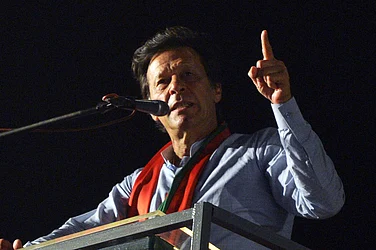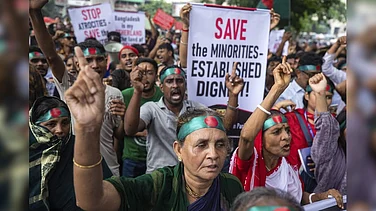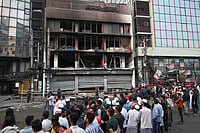For the past six months, Iran has been rocked by protests triggered by the death of 22-year-old Mahsa Amini over alleged violation of the country's hijab rule. Women are required to wear hijab, an Islamic head covering, in public in Iran. In ongoing protests, women have taken off and burnt their hijabs publicly. The hijab rule was introduced after the Islamic Revolution of Iran of 1979. Prior to it, under the liberal monarchy, women were free to dress the way they wished. However, several women wore hijab during the monarchy period as a sign of protest against the regime. Therefore, hijab in Iran has a long history where it was once a symbol of protest but is now a state imposition and a way to control women by the state.
From Protest Symbol To State Imposition, The Story Of Hijab In Iran
For the past six months, Iran has been rocked by protests triggered by the death of 22-year-old Mahsa Amini over alleged violation of the country's hijab rule. Women are required to wear hijab, an Islamic head covering, in public in Iran. In ongoing protests, women have taken off and burnt their hijabs publicly. The hijab rule was introduced after the Islamic Revolution of Iran of 1979. Prior to it, under the liberal monarchy, women were free to dress the way they wished. However, several women wore hijab during the monarchy period as a sign of protest against the regime. Therefore, hijab in Iran has a long history where it was once a symbol of protest but is now a state imposition and a way to control women by the state.

Photo: Heritage Art/Heritage Images via Getty Images
Photo: Heritage Art/Heritage Images via Getty Images
Published At:
- Previous Story
 Imran Khan, Wife Receive 17 Years In Toshakhana 2 Corruption Case, Calls For Protests
Imran Khan, Wife Receive 17 Years In Toshakhana 2 Corruption Case, Calls For Protests - Next Story
MOST POPULAR
WATCH
MORE FROM THE AUTHOR
×





















